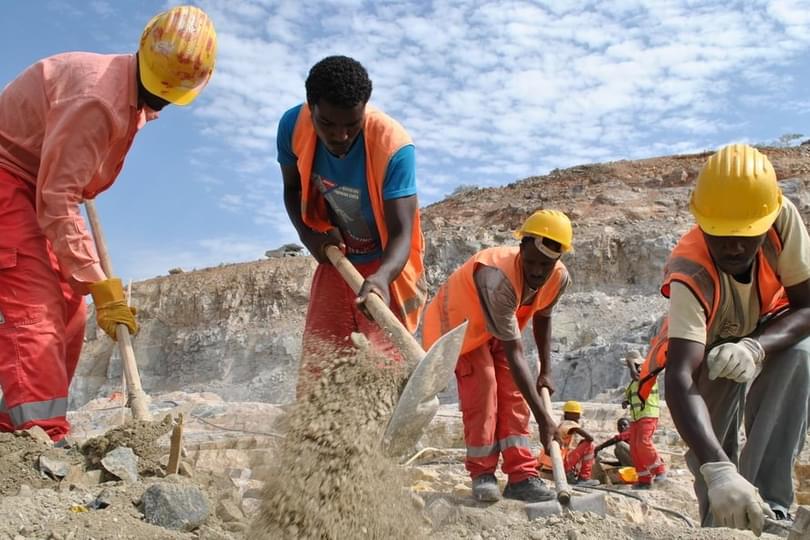
The Grand Ethiopian Renaissance Dam (GERD), currently under construction, has strained relations between Nile countries.
Near-term concerns about the impact of The Grand Ethiopian Renaissance Dam (GERD) on water availability for Egypt and Sudan are unlikely to materialise, but drought preparedness will require careful coordination, suggests research published by researchers from the University of Oxford, The University of Manchester, University of North Carolina at Chapel Hill, University of Colorado Boulder, and Duke University.
The Grand Ethiopian Renaissance Dam (GERD), currently under construction, has strained relations between Nile countries. Negotiations on how to fill and operate the dam ended in deadlock again last month, partially over the perceived implications for water shortages in Sudan and Egypt. This has been compounded by a lack of reservoir simulation models considered sufficiently credible by all negotiators and decision-makers.
This new research uses historical data from Nile measurements over extended wet, average and dry periods to understand the risks of filling and operating the dam, and the potential impacts of a long-term drought. It shows that during filling the GERD the High Aswan Dam’s reservoir will fall, but the risk of additional water shortage in Egypt is low. Once in operation, the GERD will benefit Ethiopia and Sudan without significantly affecting water users in Egypt as long as Nile flows are similar to the historical average.
However, researchers deem a future multi-year drought “inevitable” although the probability, severity, and timing are unknowable, especially as climate change unfolds. They warn that advanced planning for and careful coordinated management are essential if harmful impacts are to be minimised.
Dr Kevin Wheeler, Fellow of the Oxford Martin Programme on Transboundary Resource Management and Researcher at the Environmental Change Institute, University of Oxford said, “We used the 1978 –1987 drought to understand the risks of extremely dry conditions once the GERD is operational. A moderately full GERD and High Aswan Dam at the start would actually mean reduced Egyptian water shortages during the first four years of a drought. However, water is a highly visceral issue and real or misattributed fears over the loss of water could lead to panic amongst Egyptian civil society. Advance planning and irrevocable agreement on how reservoirs will be used and refilled post-drought is therefore particularly essential.”
Water is a highly visceral issue and real or misattributed fears over the loss of water could lead to panic
Professor Marc Jeuland of the Sanford School of Public Policy, Duke University said, “The GERD is basically complete and filling has already commenced. The window for agreement on filling is thus very limited, even if there is a bit more time for negotiation on long-term operations. I would say that a filling agreement is really important before the start of the rainy season in 2021.
“It is often argued that water resources will be a source of growing conflict in the future, as population and economic growth, as well as climate change, increase the risks of scarcity and create conditions not previously experienced. This specific case offers lessons for other societies given that water resource scarcity is bound to worsen in many parts of the globe.”
The paper concludes that developing robust contingency plans is not an insurmountable task, and that in most years the GERD and HAD will require only data exchange and modest coordination.